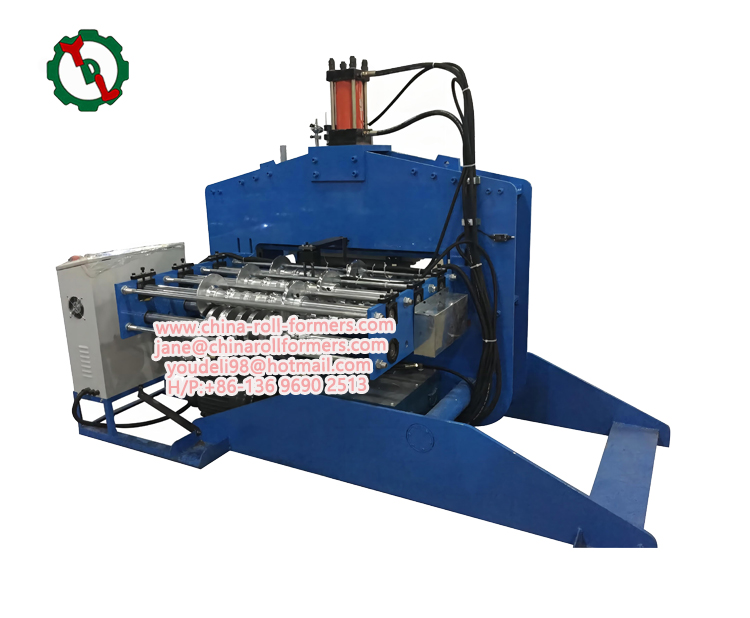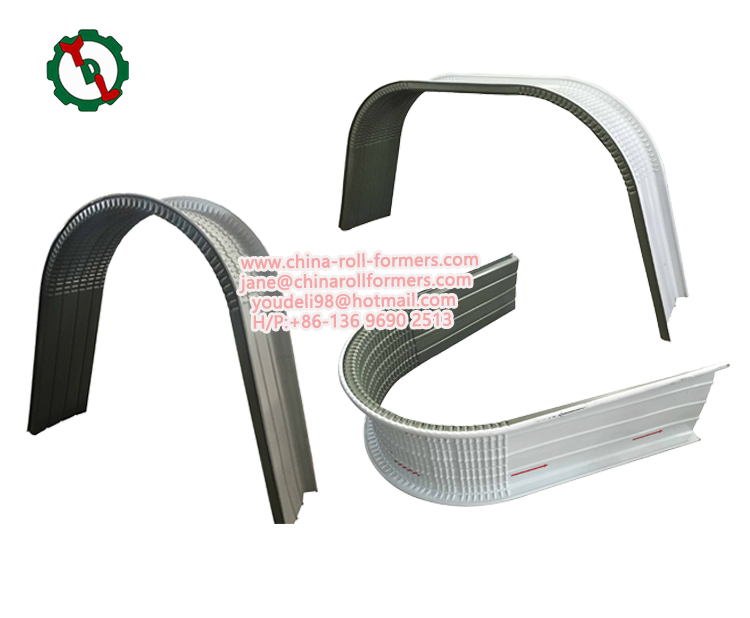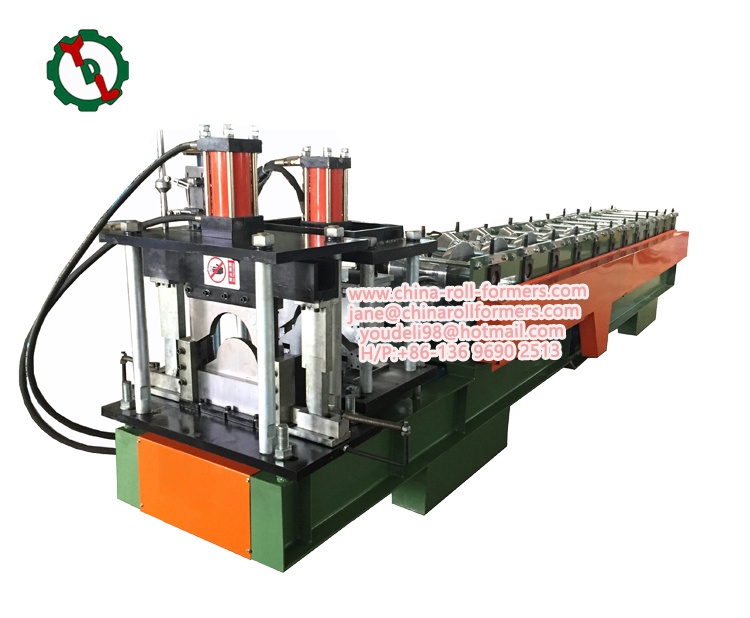The crimping curving machine is a versatile piece of equipment widely used in various industries to shape and join materials effectively. This machine combines the functionalities of crimping and curving, making it an essential tool for manufacturers that require precise shaping and joining of different materials. In this article, we will explore the types of materials that can be processed with a crimping curving machine, along with the benefits and applications of these processes.
Understanding Crimping and Curving
Before diving into the types of materials that can be processed, it is important to understand what crimping and curving entail.
- Crimping is the process of deforming a material to create a mechanical joint. This can involve compressing or folding the material to produce a secure connection, often used in the assembly of wires and connectors in electrical applications.
- Curving, on the other hand, involves bending materials into desired shapes. This is particularly useful for applications where straight components are not feasible or desired, allowing for more ergonomic or aesthetically pleasing designs.

Materials Processed with a Crimping Curving Machine
1. Metal
Metals are among the most common materials processed with a crimping curving machine.
- Aluminum: Known for its lightweight and corrosion resistance, aluminum is often crimped and curved for applications in the automotive and aerospace industries. The machine can create precise bends and joints without compromising the material’s structural integrity.
- Steel: Steel, both mild and stainless, is used extensively in construction and manufacturing. A crimping curving machine can handle various gauges of steel, creating strong connections and curves for structural components, railings, and frameworks.
- Copper: Used primarily in electrical applications, copper wiring can be crimped to create strong connections with terminals and connectors. The machine ensures a secure joint that maintains electrical conductivity.
2. Plastic
The ability to process plastics is another significant advantage of crimping curving machines.
- Polyvinyl Chloride (PVC): Widely used in construction and plumbing, PVC can be crimped and curved to form pipes and fittings that require tight seals and specific shapes.
- Polyethylene (PE): Commonly used in packaging, PE can also be crimped for creating bags and containers. The machine provides a method for sealing that is both efficient and durable.
- Polypropylene (PP): Similar to PE, PP can be processed to create items like containers and automotive components. The crimping process helps ensure that joints are secure and resistant to stress.
3. Fabric
Fabrics, especially in the textile industry, can be effectively processed using a crimping curving machine.
- Synthetic Fabrics: Materials like polyester and nylon can be crimped to create various shapes for apparel and upholstery. The machine can create unique designs and patterns, enhancing the aesthetic appeal of textile products.
- Natural Fibers: Cotton, linen, and wool can also be processed. While crimping might not be as common in natural fibers, the curving aspect can create specific shapes in textile products, particularly in fashion and interior design.
4. Composite Materials
Composite materials, which combine two or more materials to achieve superior properties, can be processed effectively using a crimping curving machine.
- Fiberglass: This material is lightweight and strong, making it suitable for applications in automotive and aerospace sectors. The machine can create curves that enhance the aerodynamic properties of components.
- Carbon Fiber: Known for its exceptional strength-to-weight ratio, carbon fiber can be processed to form complex shapes in high-performance applications, such as sports equipment and aerospace components.
5. Rubber
Rubber is another material that benefits from crimping and curving processes.
- Thermoplastic Elastomers (TPE): TPEs can be crimped to create seals, gaskets, and other components requiring flexibility and durability. The machine allows for precise shaping that maintains the material’s elasticity.
- Natural Rubber: Used in tires and various industrial applications, natural rubber can also be crimped and shaped. This enhances the functionality and performance of rubber components.

Applications of Crimping Curving Machines
The versatility of crimping curving machines allows them to be used across various industries. Here are some notable applications:
1. Automotive Industry
In the automotive sector, they are used to produce various components, such as wiring harnesses, exhaust systems, and structural parts. The ability to create strong, secure joints is critical for safety and performance.
2. Aerospace Industry
Aerospace applications demand high precision and reliability. They are used to shape and join components in aircraft structures, ensuring they can withstand extreme conditions while maintaining structural integrity.
3. Electrical and Electronics
In electrical applications, they are essential for creating secure connections between wires and connectors. This is vital for ensuring the safety and functionality of electrical systems in various devices.
4. Construction and Building
In construction, crimping and curving processes are used to shape metals and plastics for pipes, fittings, and structural components. This helps ensure that building materials meet specific performance standards.
5. Furniture and Interior Design
The furniture industry benefits from the ability to create unique shapes and designs using fabrics and plastics. They can produce aesthetic curves in furniture frames and upholstery, enhancing overall design.
Benefits of Using a Crimping Curving Machine
The integration of a crimping curving machine in manufacturing processes brings several advantages:
- Precision: The machine allows for precise shaping and joining, ensuring that components fit together seamlessly.
- Efficiency: Automated crimping and curving reduce the time and labor required for manual processes, increasing overall productivity.
- Versatility: With the ability to process a wide range of materials, these machines can be adapted for various applications across multiple industries.
- Quality Control: The consistent results achieved by crimping curving machines help maintain high standards of quality in manufacturing.
Conclusion
Crimping curving machines are invaluable tools in modern manufacturing, capable of processing a wide variety of materials. From metals and plastics to fabrics and composites, these machines provide precise, efficient, and versatile solutions for shaping and joining components. As industries continue to evolve, the role of they will remain crucial, driving innovation and improving product quality across various applications. Understanding the materials that can be processed with these machines enables manufacturers to leverage their capabilities effectively, ensuring they stay competitive in today’s fast-paced market.






